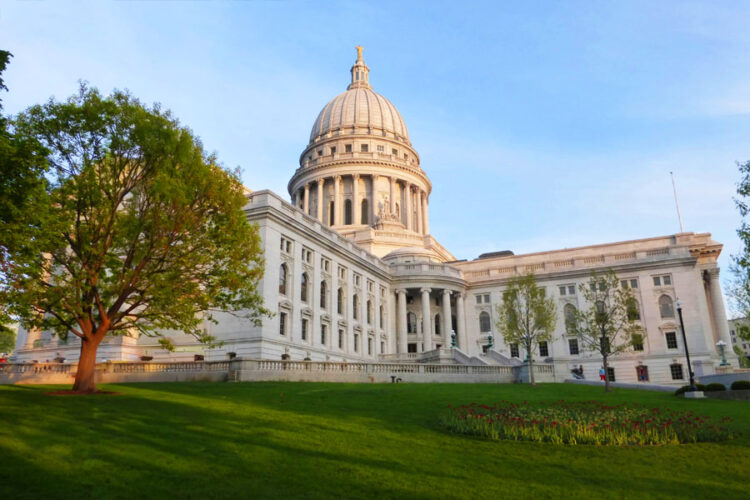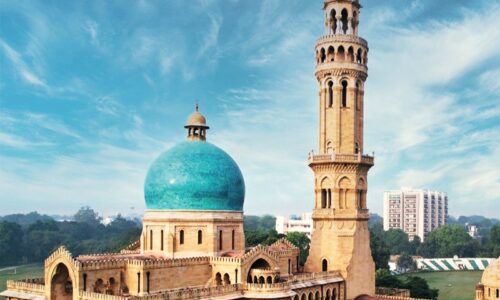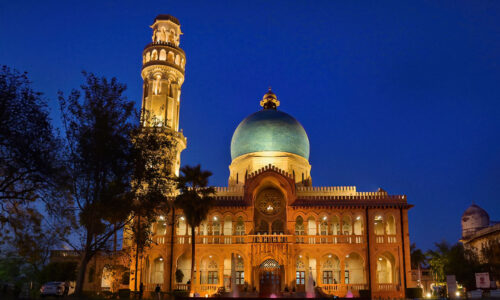In the last part of my story, I shared how I made a difficult decision to shift my focus from the Civil Services to an academic career at the University of Allahabad. I talked about the disappointment of my interview, the unwavering support of my family, and the unexpected opportunity that led to my first official role as a part-time lecturer. Now, in this installment, I will share how this new path led to a series of personal and professional milestones—from discovering a passion for a new subject to finding my life partner and getting a chance to study abroad.
A New Teaching Approach
In 1974, Professor Tripathi asked me to teach American History to M.A. students, assuring me that it would be beneficial for my future career. In that class, I quickly realized that although English was the official medium of instruction in the postgraduate program, many of my students were not comfortable with the language. To help them, I began lecturing in both English and Hindi. I would speak one sentence in English and then repeat the same idea in Hindi. Although this method was time-consuming, it made the students much more comfortable and engaged. I continued this practice in my postgraduate classes throughout my teaching career at the university, earning the gratitude and respect of my Hindi-medium students.
Exploring the World of Academia
Teaching American History also opened up the academic world beyond the University of Allahabad for me. As the bicentennial year of the American Revolution approached, the American Embassy in India began organizing conferences in different parts of the country. As a teacher of American History, I was invited to participate in these events.
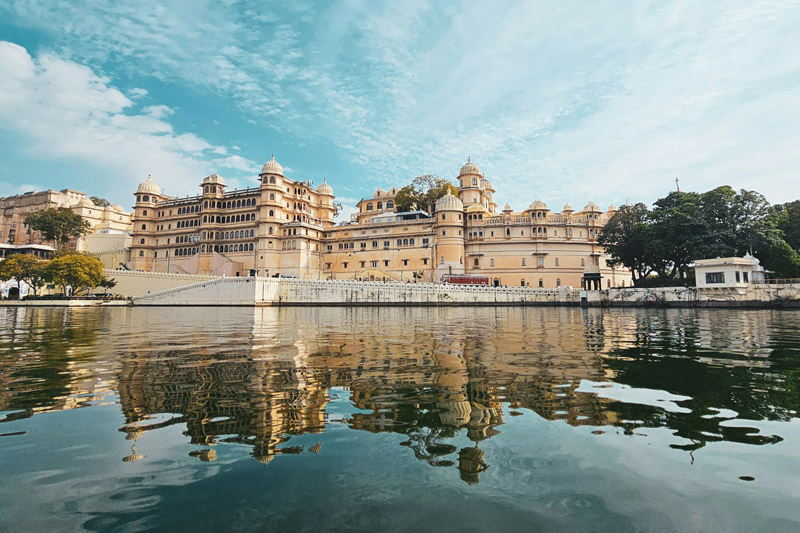
One such conference was held in Udaipur. The American Embassy even allowed participants to travel by air. I went to Delhi by train but flew to Udaipur by Indian Airlines. The conference was held at the famous Lake Palace hotel—a palace built by the Rana of Udaipur in honor of Shahjahan. The palace was converted into a five-star hotel in the early 20th century. All the participants stayed at the hotel for the duration of the conference. It was my first time traveling by air and my first time staying in a five-star hotel.
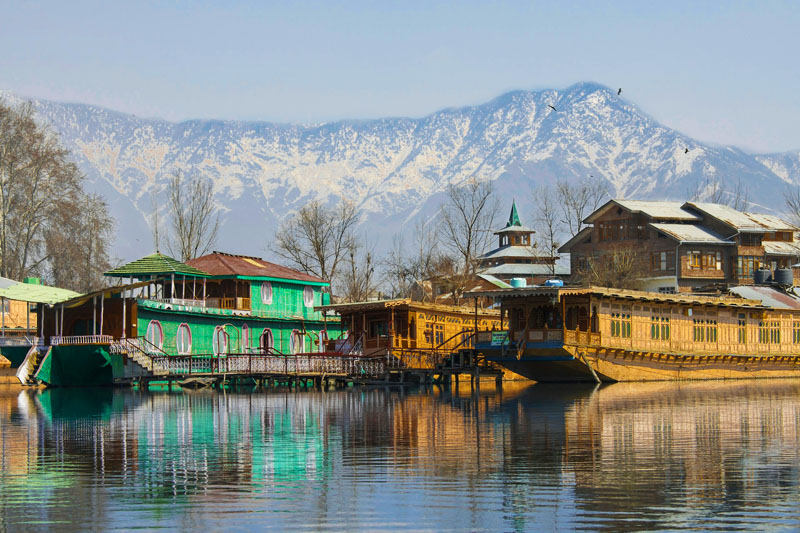
Another conference took me to Srinagar, Kashmir. I flew there from Delhi, and if I remember correctly, the one-way airfare was just 290 rupees. This conference was held at the Oberoi Palace hotel, the former palace of the Maharaja of Kashmir, which was also converted into a five-star hotel after independence. As a bonus, we saw many Bollywood films being shot at the hotel and other locations around Srinagar. Many film stars were staying at the hotel, and we even met Amitabh Bachchan, Rajesh Khanna, his wife Dimple, and Rajkumar. One day, during lunch on the hotel’s lawn, Rajkumar himself came over to ask about the delegates from Allahabad University. We were introduced to him, and he shook our hands warmly. It was at that moment that I truly realized the name and fame of the University of Allahabad had spread far and wide—it was, after all, known as the “Oxford of the East” for a reason. I thoroughly enjoyed both conferences and became friends with many scholars who taught American History at other universities across the country.
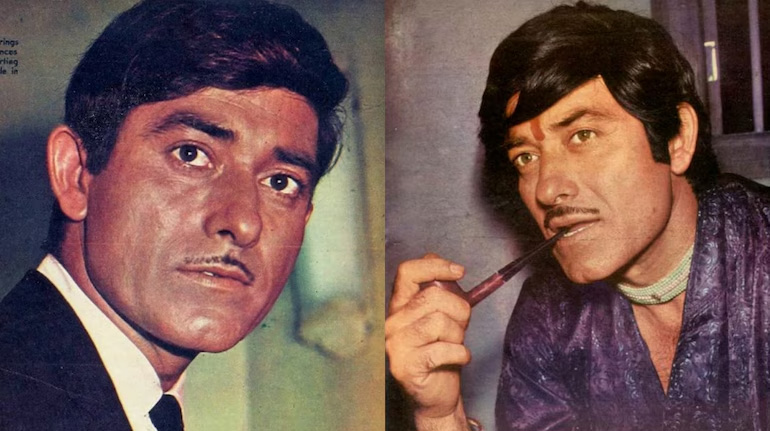
Milestones in My Personal and Professional Life
In 1974, two new colleagues, Pankaj Kumar and Vivek Katju, joined the department as full-time ad hoc lecturers. Both were incredibly talented, sincere, and dedicated teachers. We became close friends and regularly visited each other’s homes. In 1975, a selection committee was formed to appoint permanent faculty members in the Medieval and Modern History department. There were three permanent vacancies available at the time, and by the grace of God, all three of us were appointed as permanent lecturers with all the benefits that came with the position. This event was, without a doubt, a major milestone in my academic career at the university.
However, Pankaj and Vivek did not stay in the department for long. Pankaj joined the IAS, and Vivek Katju joined the Indian Foreign Service in 1976. Pankaj later resigned from the IAS to take a high position at Reliance Industries, and Vivek Katju served as the Indian ambassador to Afghanistan before retiring as a Secretary in the Ministry of Foreign Affairs. I last met Pankaj in 1990 at the National Academy of Administration in Mussoorie. With Vivek Katju, I have managed to stay in touch on and off. In later years, Jayant Misra and Pawan Kedia, both of whom had been my students, joined the department as ad hoc lecturers. But they, too, left in due course, joining the Indian Railway Traffic Service and Indian Revenue Service, respectively.
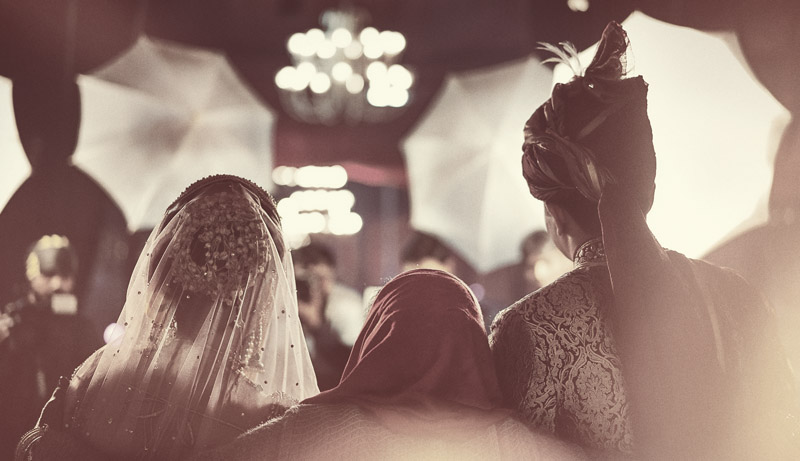
The year 1975 was also a milestone in my personal life. On September 26, 1975, I married Nilofer in a simple but dignified ceremony. My eldest sister and my brother-in-law made all the arrangements for the wedding. Nilofer’s mother and my mother were real sisters, and unfortunately, Nilofer’s mother had passed away in 1973. However, her enduring wish was to see Nilofer married to me, and my mother honored her younger sister’s desire. Nilofer came into my life as a fresh breeze of joy and happiness. Her grace, simple and pleasant demeanor, and her unwavering dedication and love for me and my family changed my life. She took care of all my needs and never asked for expensive clothes or jewelry, happily accepting whatever my modest salary could provide. Her love and dedication have not waned in the five decades we have been together. I constantly thank Allah for the gift He has bestowed upon me in the form of Nilofer.
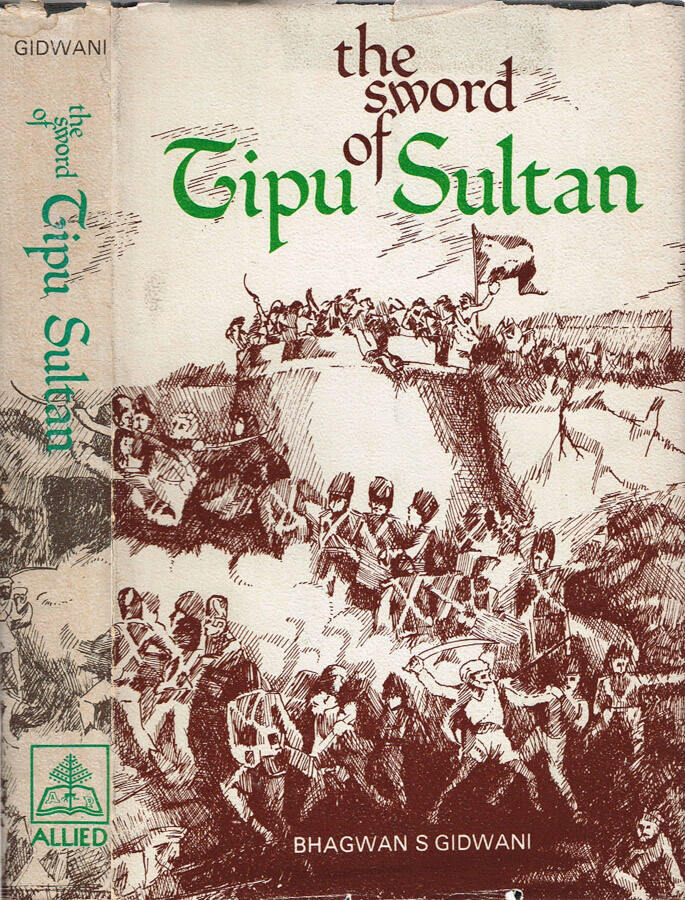
On February 18, 1977, we were overjoyed to welcome our son, Tipu. At the time of his birth, I was reading Bhagwan Gidwani’s book, The Sword of Tipu Sultan. Impressed by the personality and achievements of the legendary ruler of Mysore, I decided to name my son Tipu. After his birth, I truly understood the value of a parent’s love for their child and the boundless affection my own parents had showered upon me and my siblings. As Tipu grew, he became especially attached to me, and I cherished every moment I spent with him. We thank Allah that Tipu has fulfilled our expectations, done well in his studies, and is now happily settled in Fremont, California, with his wife Zeenat and lovely daughter Sama. May Allah always be with them.
A Fulbright Fellowship
In 1978, Professor Tripathi advised me to apply for a Fulbright Junior Fellowship for higher studies in the USA. He was kind enough to type my application form on his portable typewriter. I was called for an interview at the United States Educational Foundation’s office in New Delhi, and my experience teaching American History at the university helped me greatly. When the results were announced, I was overjoyed to see my name on the list of selected candidates. The foundation asked me to take the Test of English as a Foreign Language (TOEFL) and the Graduate Record Advanced Examination in History. I did well in both tests, and they informed me that the University of Wisconsin-Madison had accepted me into their graduate program, beginning in September 1978. All the visa and travel formalities were handled by the foundation.

I applied for a year’s leave from the university to accept the fellowship. The university granted me six months’ leave with full pay, with the next six months being leave without pay, which was enough to cover the expenses for Nilofer and Tipu for a year. I also made arrangements for my monthly salary to be delivered to Nilofer every month.
In the last week of August 1978, I traveled to Delhi to take my flight to the USA. I am so grateful to my brothers, who accompanied me to Delhi along with Nilofer and Tipu to bid me farewell. We stayed with Bhaiya, who was posted in Delhi at the time. On the night of the flight, the entire family went to the airport. I remember taking Tipu in my lap before heading to immigration. He refused to part with me, and it took a lot of persuasion from Nilofer to get him back.
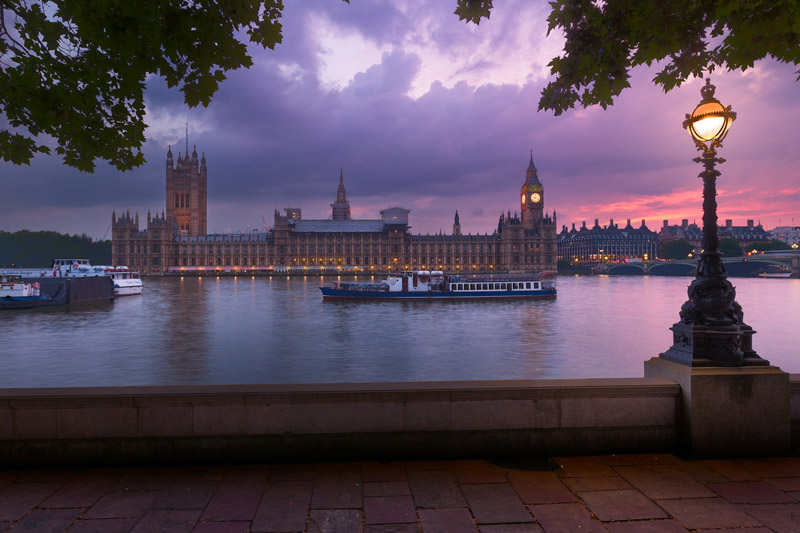
I landed at London’s Heathrow Airport the next day. My friend and colleague, V.C. Pande, who was studying at the University of Bristol, had kindly come to receive me. My onward flight to Chicago was scheduled for the next morning. Mr. Pande was kind enough to show me around London for a few hours before returning to Bristol. The next morning, I took my flight to Chicago on TWA Airlines, and then a connecting flight to Madison. Bhaiyya’s friend, Dr. Muhammad Umar Memon, an Associate Professor at the University of Wisconsin’s Center for South Asian Studies, graciously received me at the airport. I stayed with him for two days, and with his help, I rented a room in the Saxony Apartment, very close to the History department.
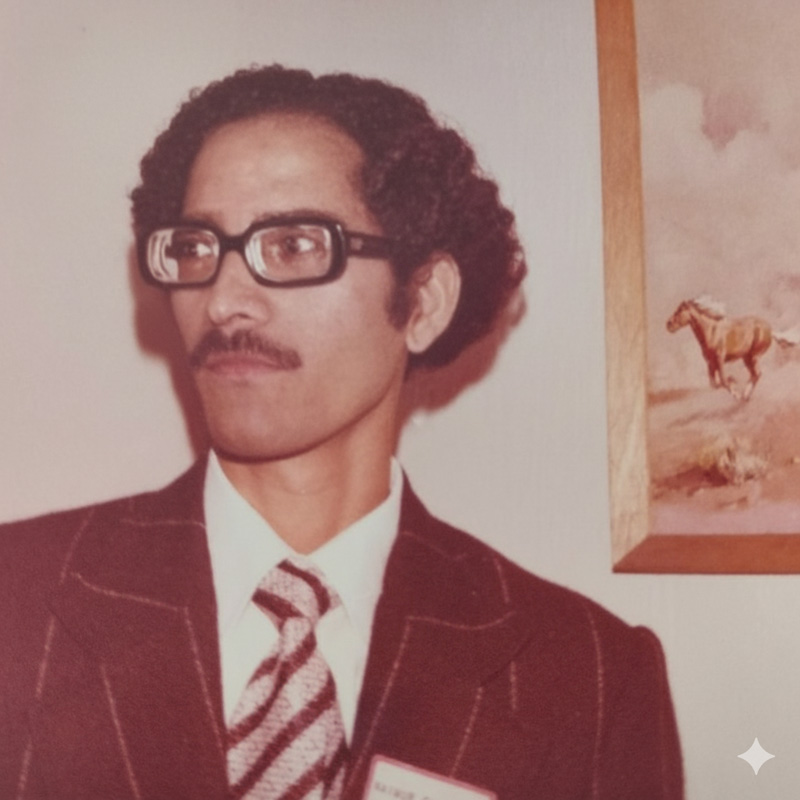
During those two days, all the formalities for my admission to the university were completed. I was asked to report to the office of the Dean of Foreign Students’ Affairs. Ms. Anne Corry, the Dean, welcomed me warmly and gave me a check for my first monthly stipend of $412. She explained that the Fulbright scholarship was for two semesters and that after that, I would need to find other ways to fund my studies. The scholarship also covered my tuition fees and other expenses. Ms. Corry advised me to report to the History department immediately. The department secretary told me about a party that evening to welcome new graduate students. At the party, I met Professor Robert E. Frykenberg, a professor of South Asian History, and Professor Kemal Karpat, a professor of Ottoman and Modern Turkish History. I had no idea at the time that both of these professors would play a vital role in my future graduate career at the University of Wisconsin-Madison.
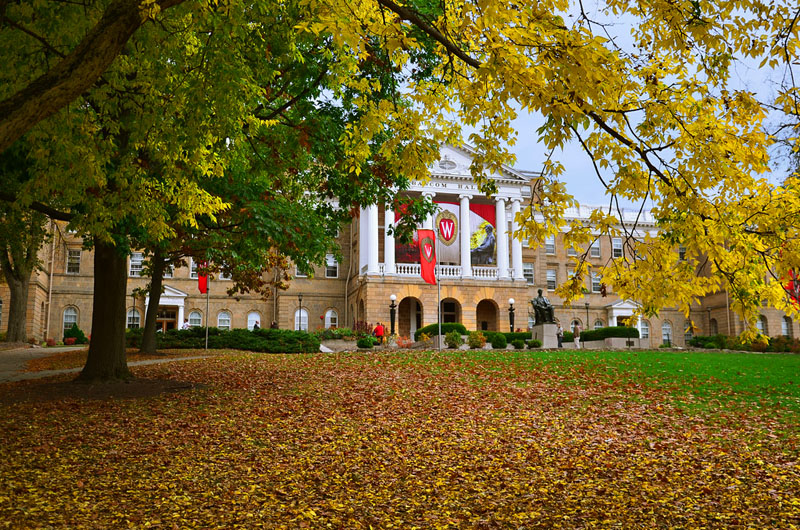
This part of my journey was filled with professional achievements, personal joy, and an incredible opportunity to learn on an international stage. The University of Allahabad had not only given me a career but had also opened a door to the world. As I embarked on this new adventure in the United States, I carried with me the lessons and memories from home, ready to take on the next chapter of my life.
To be continued…

